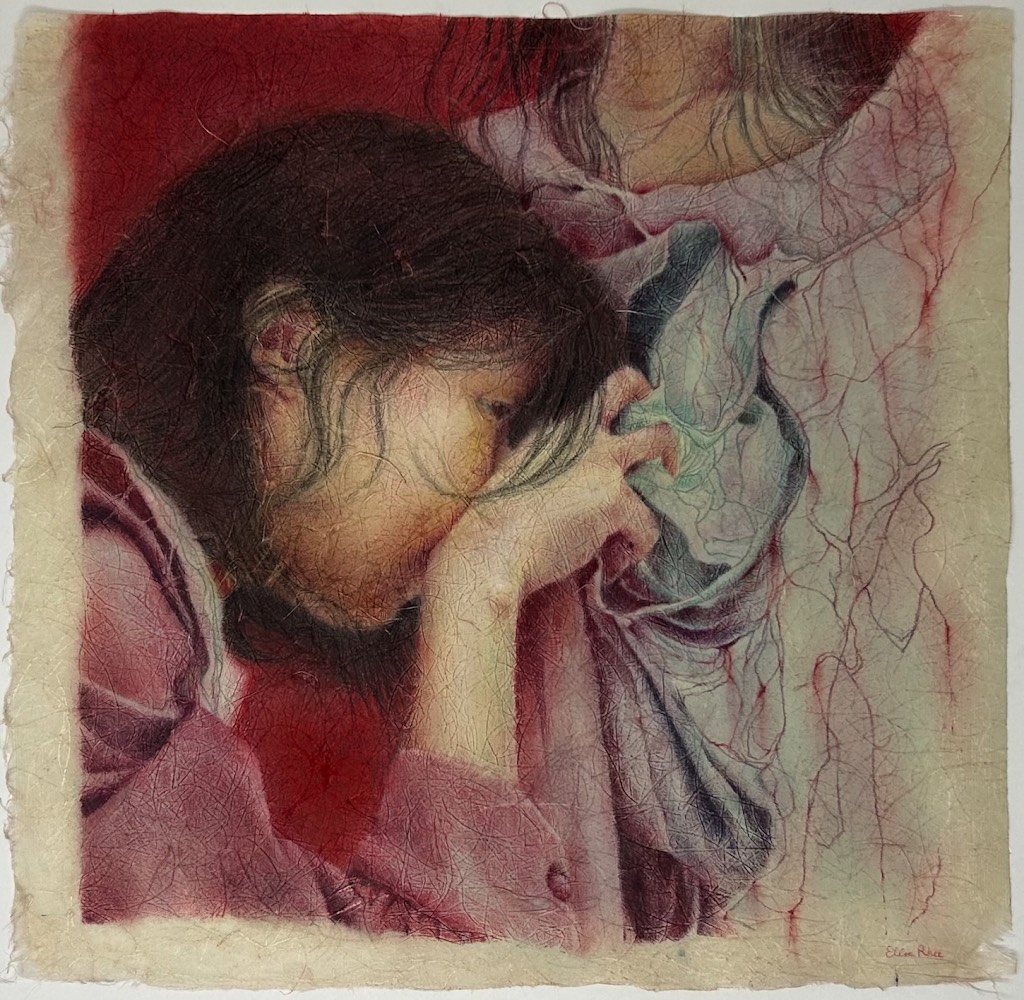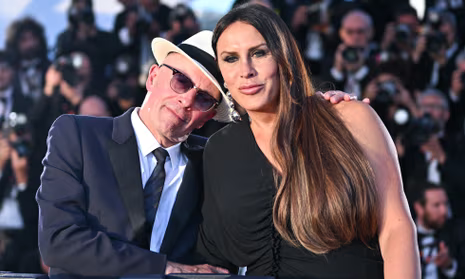Pop quiz: I’m Asian and grew up on Jackie Chan movies. Which martial art do I practice? No, it’s not Kung Fu or Tae Kwon Do. But here’s a hint: it originates in South America—and “it,” technically, isn’t really a martial art.
If you said capoeira, you get an A.
“Capoeira is not just a martial art, because of its origin and history,” capoeira professor and author Yara Cordeiro said. “It’s a mix of components that includes martial art but also dance, music, acrobatics, game, history, ritual, all in harmony.”
Capoeira, an Afro-Brazilian art, began several centuries ago, when Brazilian slaves taught themselves how to fight. In order to prevent overseers from realizing what they were really doing, the slaves added music and pretended they were dancing, which may explain why, oftentimes, people incorrectly think of capoeira as a dance.
“You cannot classify capoeira [by] only one of its components,” Cordeiro said. “It’s the same as classifying a person as ‘legs.’ You can say it’s also a dance, but the correct thing is to call capoeira just ‘capoeira.’”
Capoeira is a worldwide sport, with global organizations teaching and promoting it. Several of these groups exist in the D.C. region, such as CapoeiraDC, Universal Capoeira Angola Center and Abadá-Capoeira (which has many regional branches in over 40 countries). I train with the last group, as does Walter Johnson sophomore Doron Pinto.
“I changed physically by getting stronger, especially my legs, and it has helped me lead an active life,” Pinto said. “Mentally, I appreciate much more the commitment it takes to get to a high level of graduation and respect those who have made it immensely.”
Like other martial arts, capoeira has a graduation system of different colored belts, or cords. Beginners have natural-colored cords, and students move up half a belt color at a time. But besides teaching me various kicks and defenses, capoeira classes have also taught me how to say random words in Portuguese (Tomato! Beehive! Blowfish!), how to sing out loud (despite not knowing what I’m singing) and how to perform several Brazilian dances (which proves I do indeed possess two left feet).
“I learned from capoeira classes how to play the berimbau and drums, and I’m even learning some Portuguese,” Pinto said.
Music is integral to capoeira. When players engage in a roda, a circle where two people play at a time, everyone follows the rhythm of the longbow-shaped berimbau, the instrument that decides when the roda starts and stops. Other instruments are the drum, tambourine and double cowbell. Unlike most sports, dances and other physical endeavors, capoeira doesn’t promote competition. On the contrary, capoeiristas help and encourage each other during class.
“In Brazil, capoeira is a strong tool for equality, helping poor communities, giving opportunities to students in less privileged communities, and at the same time teaching those more fortunate to respect and treat all equally in society,” Cordeiro said. “Capoeira has brought the notion of equality to different nationalities, religions, gender, political parties and all sorts of differences and discriminations that are in the world today.”
Capoeira, too, gets an A.







